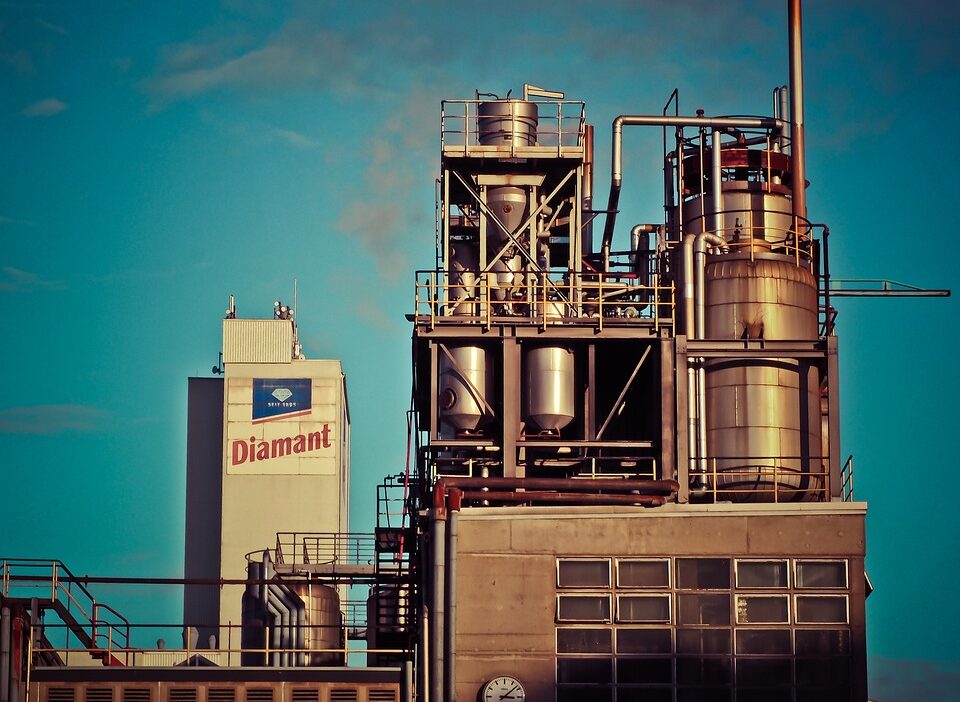In recent years, the concept of sustainability has transcended from a mere buzzword to a critical necessity—especially in the food industry. As consumers become increasingly aware of the environmental impact of their choices, eco-friendly packaging is gaining attention as an integral part of the food supply chain. This article explores the emerging trends in eco-friendly packaging, the innovations driving them, and the potential impact on the future of food consumption.
The Current State of Food Packaging
Traditional food packaging, primarily made from plastics and non-biodegradable materials, contributes significantly to environmental degradation. Millions of tons of waste generated annually end up in landfills and oceans, creating dire consequences for wildlife and ecosystems. A substantial portion of this waste comes from single-use packaging, which has become commonplace in an era of convenience.
However, rising consumer demand for sustainable options is prompting food manufacturers, retailers, and even consumers to rethink their packaging choices. From grocery stores to takeaway outlets, there’s a growing recognition that packaging should not only preserve food but also do so in a way that minimizes harm to the planet.
Innovations in Eco-Friendly Packaging
1. Biodegradable and Compostable Materials
Innovations in biodegradable materials are at the forefront of sustainable packaging solutions. Companies are now exploring options made from plant-based materials that can break down naturally, such as corn starch, sugarcane, and bamboo. These materials can decompose within a few months, significantly reducing their environmental footprint compared to conventional plastics.
2. Recyclable and Reusable Solutions
Recycling has become a key pillar of sustainable packaging. Advanced technologies are enabling manufacturers to create packaging that is not only recyclable but also made from recycled content. Moreover, reusable packaging systems, such as glass containers or metal tins, are becoming popular in restaurants and among consumers looking to minimize waste. Initiatives like returnable packaging schemes are gaining traction, allowing consumers to return containers for cleaning and reuse.
3. Edible Packaging
Edible packaging is an innovative frontier that is still in its infancy but has tremendous potential. Made from edible materials, such as seaweed or rice paper, these packaging solutions can be consumed along with the food, ensuring zero waste. While scalability remains a challenge, the idea suggests a revolutionary shift in how we think about food packaging.
4. Smart Packaging
The advent of smart packaging technology allows manufacturers to enhance the safety and sustainability of food packaging. From QR codes that provide information on ingredient sourcing to materials that change color to indicate freshness, smart packaging can improve consumer experience while maintaining an eco-friendly ethos.
Challenges and Barriers
Despite significant strides in eco-friendly packaging innovation, several challenges persist. Cost is a major barrier, as sustainable materials are often more expensive than their traditional counterparts. Additionally, not all biodegradable options are created equal, and the lack of standardized definitions can lead to consumer confusion regarding what truly qualifies as "green."
Moreover, there’s a pressing need for adequate composting and recycling facilities to handle new types of materials introduced into the market. Without these systems in place, even the best eco-friendly packaging options could fall short of achieving their sustainability goals.
The Role of Stakeholders
For eco-friendly packaging to flourish, cooperation among various stakeholders is essential. Producers, retailers, consumers, and policymakers all play a role in driving the trend toward sustainability.
- Producers must invest in research and development to create cost-effective, sustainable packaging solutions.
- Retailers can support this transition by prioritizing eco-friendly options in their supply chains and educating consumers about sustainable choices.
- Consumers need to become active participants by opting for products with sustainable packaging and advocating for change within their communities.
- Policymakers can create incentives for businesses that prioritize sustainability and implement regulations that promote responsible packaging practices.
Looking Ahead
As we look to the future, the food industry stands at a crossroads. The push for sustainability on the plate is more than just a trend—it’s a movement towards a more responsible way of consuming and packaging our food. With innovations in eco-friendly packaging leading the charge, consumers have the power to make choices that are better for their health and the planet.
Sustainability is not a single solution but a comprehensive approach that requires commitment from all parties involved. By prioritizing eco-friendly packaging, we can take significant strides towards a more sustainable and harmonious relationship with the environment—one packaging choice at a time.



